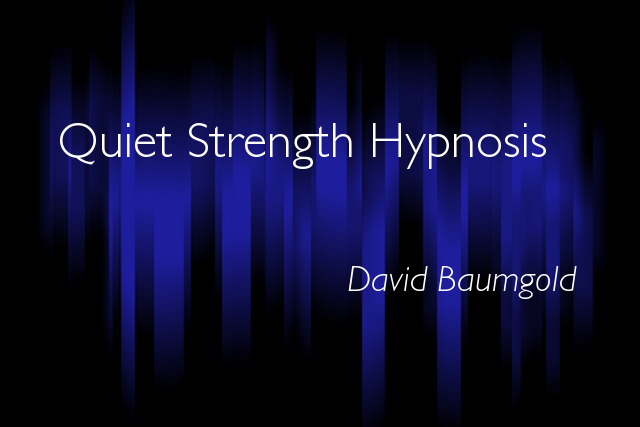Hypnosis is nothing more or less than a state of highly focused attention. While in a trance state, whatever you pay attention to becomes more vivid and powerful, while everything else fades away into irrelevance. If you’ve ever been watching television and lost track of time, or got caught up in a really good book and stopped noticing the people around you, you’ve been in a trance before: becoming highly focused on the storyline so that it becomes more real, more engaging, while filtering out all the distractions around you. Even daydreaming is a form of light hypnosis — and if you’ve heard of “highway hypnosis,” that’s the same phenomenon, as well.
Anyone with an imagination can be hypnotized, and most people go into and out of light hypnotic trances multiple times every day. When you work with a trained hypnotist, however, you can achieve a much deeper state of hypnosis, which allows you to turn your focus inward. With your hypnotist working as a guide, you can explore your own self, discovering why you think, feel, and act the way you do. Once you understand yourself on a deeper level, you can begin to make changes, breaking bad habits and creating good ones. Ultimately, you can use hypnosis as a tool to become the person that you want to be.
While hypnotized, you remain fully in control of yourself, and you always have the ability to wake yourself out of trance at any time: it’s just like deciding that you’ve had enough television for now, and you would like to do something else. Because of this, it’s impossible for anyone to remain “trapped” in hypnosis, or for the hypnotist to compel you to do anything you really don’t want to do.
So what does the hypnotist do, anyway? Using one of several induction techniques, the hypnotist helps you to enter a natural trance state, and then enhances the trance using deepening techniques. The most common induction and deepening techniques are guided visualizations and progressive relaxation, respectively. Once you are at whatever depth of trance feels the most comfortable for you, the hypnotist guides the experience, providing suggestions of areas of your mind to explore, and keeping you safe from the darker parts of yourself. As with any guide, you are free to either follow or ignore the hypnotist’s suggestions, but they are designed to help you as much as possible.
Because you are literally giving your hypnotist a certain degree of access into your mind, mutual trust is necessary for a successful trance. Building trust is a slow process, and some people need several sessions with the same hypnotist before they can be hypnotized deep enough to make the changes they want. Fortunately, hypnosis is not an all-or-nothing option: as you build trust in your hypnotist, he or she will be able to take you deeper into trance. A light or medium-depth trance can still be effective, even for people who do not yet trust their hypnotist to take them any deeper than that. However, you can’t be hypnotized against your will, so to experience any sort of trance at all requires at least an open mind and a willingness to explore.
Many people are skeptical about hypnosis. That’s fine: in fact, I encourage skepticism! Do your own research about hypnosis, and ask lots of questions. Hypnosis is a scientifically confirmed phenomenon, and it has been shown to have many health benefits. In addition, you don’t need to actually believe in hypnosis in order to be hypnotized, as long as you can give it a fair trial and don’t actively resist. Open-minded skeptics can be hypnotized; closed-minded nay-sayers can not be. In fact, while some people believe that strong-willed people cannot be hypnotized, the reality is just the opposite. Intelligent, curious, open-minded, and imaginative people usually react the most strongly to hypnosis, while stubborn, close-minded, unimaginative people tend to react the least.
If you have more questions, feel free to contact me at david@quietstrengthhypnosis.com!
